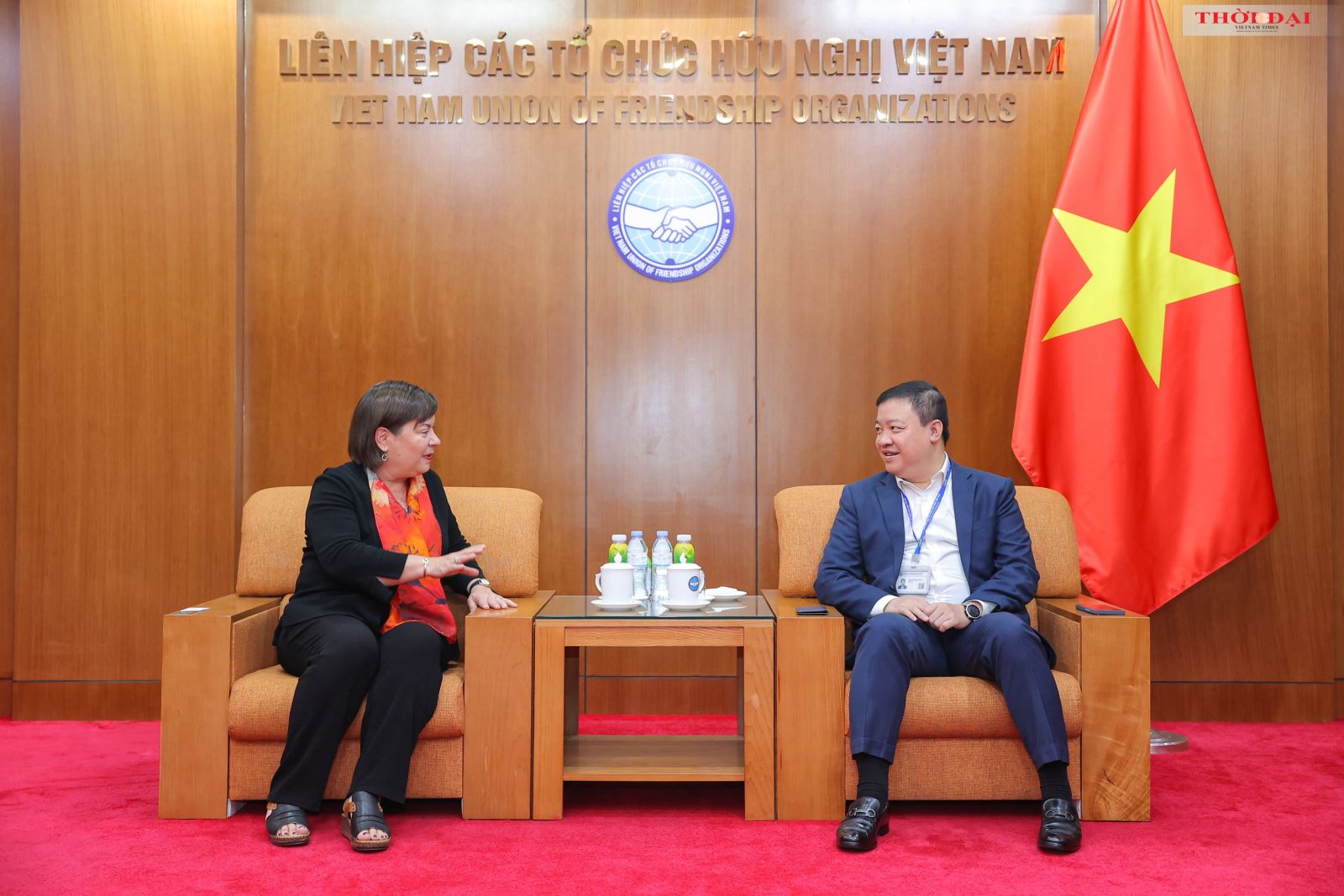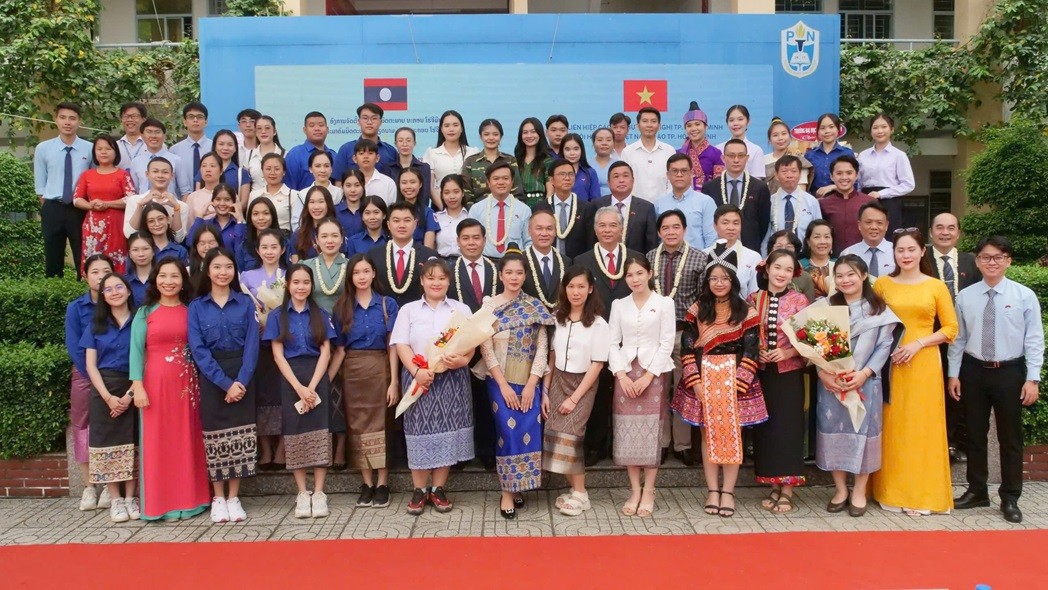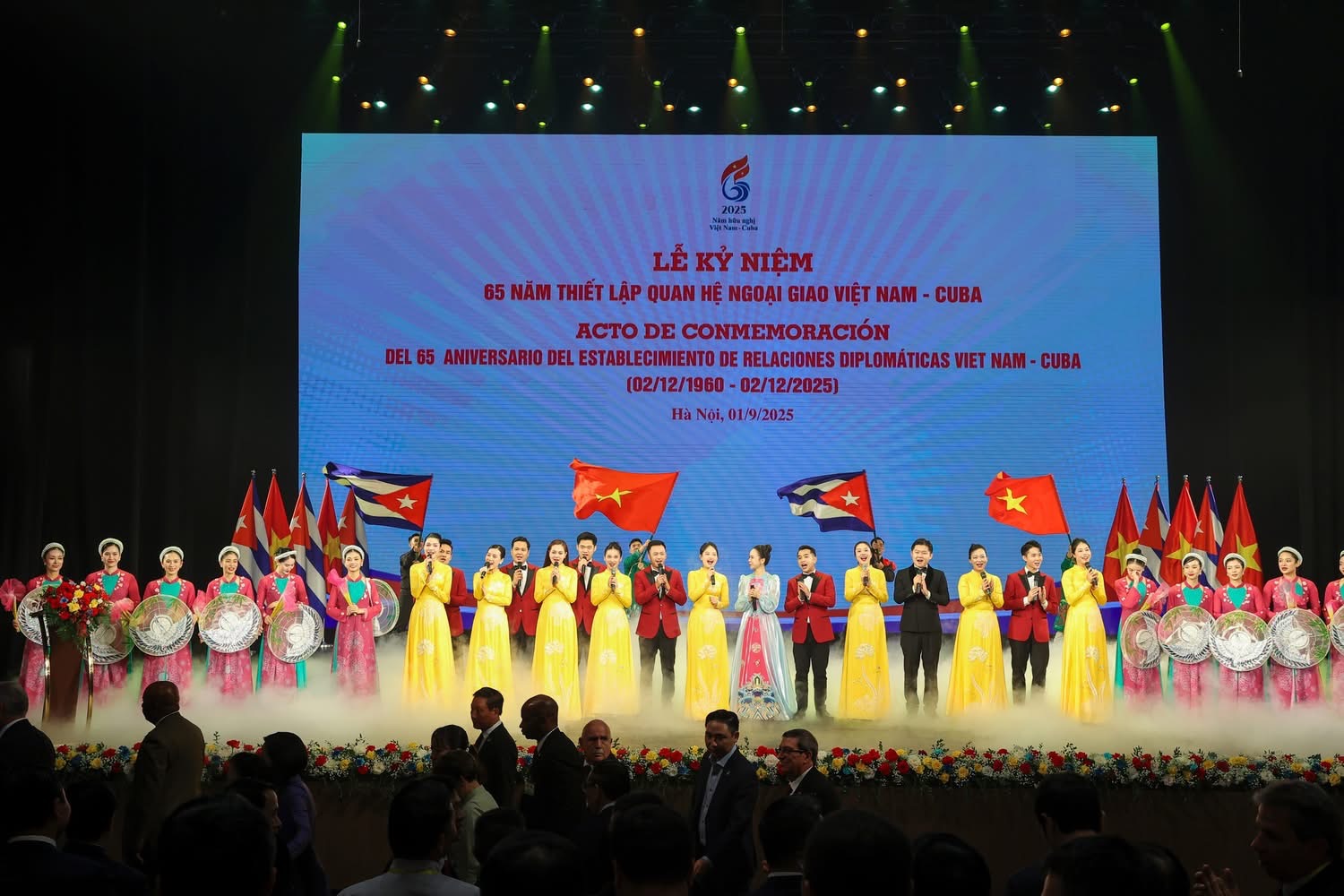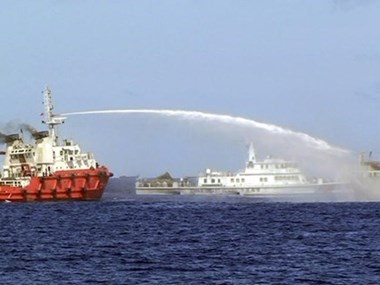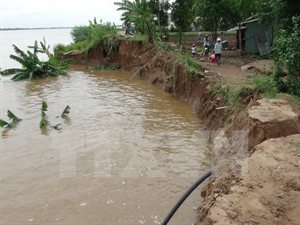
Along with that unilateral move, China took pressing actions to transform, reclaim and expand the islands and reefs it had seized in the Trường Sa (Spratly) Archipelago, which is under Vietnam’s sovereignty; built large-scale facilities, and legalized its governance over Vietnam’s Hoàng Sa (Paracel) Archipelago, which China had occupied by armed force. This has led to a new regional security context, threatening directly countries in the region, including Vietnam. On site, latest satellite images show the increasingly intensive land filling operations of Chinese dredgers and the deployment of motorized artillery pieces at Trường Sa. By the end of June 2015, the total acreage China had expanded in 7 features has amounted to over 1,200 hectares, with over 1,100 hectares in Chữ Thập (Fiery Cross), Xu Bi (Subi) and Vành Khăn (Mischief) Reefs.
China’s moves have gravely challenged peace, security, stability and freedom of navigation in and overflight above the region, and increased the risk of extensive confrontation, clashes and conflicts in the East Sea. The challenges and risks are unpredictable!
The objectives of China’s large-scale land reclamation in the East Sea are: (1) confirmation of its sovereignty claims over islands and reefs in the East Sea; (2) transformation of features originally submerged at high tide into islands that are inhabitable and suitable for landing strips, thus providing it with a pretext to seek for such sea areas as territorial seas and continental shelves prescribed by the 1982 UN Convention on the Law of the Sea, and to materialize the U-Shaped Line claim; and (3) establishment of a series of civilian and military installations targeting a more effective on-site control of the East Sea, possibly the imposition of an Air Defense Identification Zone (ADIZ), as blatantly declared on 7 May 2015 Chinese Foreign Ministry spokesperson Hua Chunying that China was entitled to set up ADIZs, and that a decision in this regard depended on whether the air safety was threatened and to what extent it was threatened.
The recent rapid developments prove that the East Sea issue is not just a regional matter, but has attracted the concern of the international community as a whole.
At the ASEAN Summit in Malaysia in April 2015, ASEAN leaders expressed concern on the land reclamation undertaken in the East Sea, which has eroded trust and confidence, and threatened peace, security and stability in the East Sea.
During his official visit to Vietnam (22-23 May 2015), United Nations Secretary General Ban Ki Moon expressed concern over escalating tension in the East Sea; called on all parties concerned to resolve their disputes by peaceful means in conformity with international law, including the United Nations Charter; and asserted it was important to avoid actions that would provoke or exacerbate tension.
Amidst constantly sharpening tensions in the East Sea, there have been statements and comments from China and elsewhere touching upon the possibility of conflict or war. In various countries, street demonstrations have broken out against the Chinese moves.
On 16 June, the Chinese Foreign Ministry said in a press announcement that it would complete some of its land reclamation on Trường Sa islands and reefs as planned within days. On 30 June, Chinese Foreign Ministry spokesperson Hua Chunying announced that the land reclamation project of China's construction on some stationed islands and reefs of the Trường Sa islands had been completed recently, and that at the next stage, the Chinese side would start the building of facilities to meet relevant requirements, civilian and military alike. This was also asserted by Chinese Foreign Ministry spokesperson Lu Kang.
Various comments have been made by analysts. Some described the announcement as a way for China to placate public opinion, that China’s construction of facilities was aimed at putting other parties before a fait accompli, and that such an attempt could never be accepted by the world community. In essence, China has given priority to military rather than civilian purposes, and this has unveiled its intention for exclusive control of the East Sea.
Vietnam has on different occasions protested against China’s moves in the Trường Sa Archipelago. On 25 June, the Vietnamese Foreign Ministry spokesperson Lê Hải Bình declared: “China’s large-scale construction and reclamation of islands and reefs in the Trường Sa Archipelago are illegal and cannot change the fact that Vietnam has sufficient legal ground and historical evidence confirming its national sovereignty over the Trường Sa Archipelago. Vietnam asks China to stop immediately these activities, respect Vietnam’s sovereignty over Truong Sa and Hoang Sa, comply with international law, especially the 1982 UN Convention on the Law of the Sea and the Declaration on the Conduct of Parties in the East Sea (DOC), and refrain from actions that may complicate the situation or change the status quo in the East Sea”. Vietnam’s position on the East Sea issue has been clearly expressed at the United Nations.
What has been happening in the East Sea region has confronted the people of different countries with a very serious problem that requires maximum and urgent efforts toward maintaining regional and world peace and security, preventing conflict and war, and ensuring respect for international law. It is necessary that the international community raise further its voice asking that China end immediately its extremely dangerous moves in the East Sea.
Hanoi, July 2015

